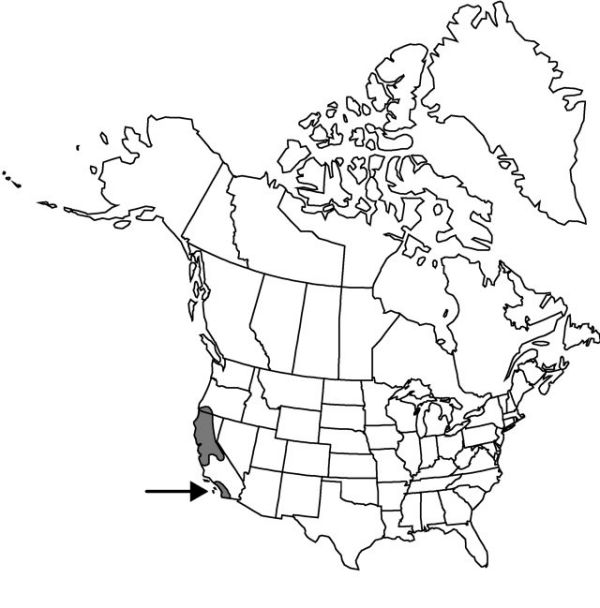Difference between revisions of "Brodiaea elegans subsp. elegans"
Endemic
Synonyms: Brodiaea coronaria var. mundula Jepson Brodiaea elegans var. mundula (Jepson) Hoover
imported>Volume Importer |
imported>Volume Importer |
||
| Line 54: | Line 54: | ||
|publication year= | |publication year= | ||
|special status=Endemic | |special status=Endemic | ||
| − | |source xml=https:// | + | |source xml=https://bitbucket.org/aafc-mbb/fna-data-curation/src/2e0870ddd59836b60bcf96646a41e87ea5a5943a/coarse_grained_fna_xml/V26/V26_650.xml |
|genus=Brodiaea | |genus=Brodiaea | ||
|species=Brodiaea elegans | |species=Brodiaea elegans | ||
Latest revision as of 21:16, 5 November 2020
Flowers: perianth tube 8–19 mm, lobes 15–30 mm; anthers 4–10 mm; staminodia erect distally, margins planate, straight; ovary 9–15 mm; style 7–15 mm. 2n = 12, 16, 24, 32.
Phenology: Flowering spring–summer (May–Jul).
Habitat: Grasslands, meadows, open woodlands
Elevation: 0–2200 m
Discussion
Subspecies elegans, like Brodiaea coronaria subsp. coronaria, is very widespread and grows well in a variety of conditions. It has 2n = 16 in the upper foothills of the Sierra Nevada, but elsewhere 2n = 32 or, in a zone of contact with B. coronaria near Sonora, California, 2n = 12 and 24, apparently resulting from hybridization. This subspecies is in cultivation.
Selected References
None.
Lower Taxa
None.
